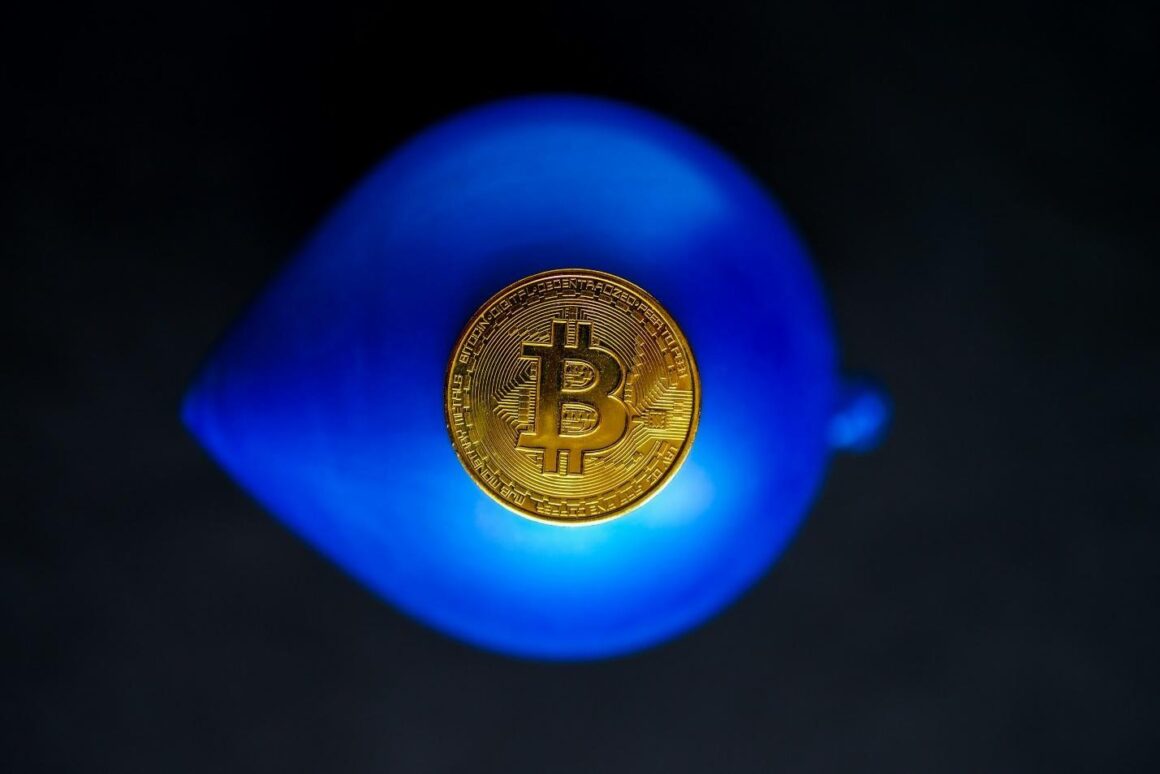Bitcoin has long been the poster child of the cryptocurrency revolution, and its associated futures market continues to evolve in lockstep with its unpredictable, yet undeniably powerful, momentum. As we approach 2026, the landscape of BTC futures is expected to reflect not only advancements in financial technology but also increasing regulatory clarity, maturing investor strategies, and shifting global economic tides. But what does that actually mean for traders, institutions, and retail investors alike?
Let’s explore what 2026 might hold for BTC futures, and why it could be one of the most interesting years for crypto derivatives yet.
Institutional Involvement Will Deepen
Institutional adoption has been the mai trigger behind the legitimization of Bitcoin and the futures associated with it. After BTC futures were launched on CME in 2017, the market has seen numerous asset managers, hedge funds, and traditional finance entities entering the chat. In 2026 this trend could continue, and is expected to, but at a larger scale. Why? Because by then, many institutional portfolios will have already factored in crypto exposure as a standard alternative investment. BTC futures offer a more regulated, custodian-free way to trade Bitcoin, which suits compliance-heavy organizations. In fact, we might even see new types of structured BTC futures products built specifically for pension funds, endowments, or even central banks exploring digital asset exposure.
In case more institutional players will get involved, the future market has great chances to register an increased liquidity, tighter spreads, and improved price discovery mechanisms. The market might even register more sophisticated trading strategies, larger trading volumes, and even an integration with traditional commodities desks.
Volatility Will Still Be High, but Smarter
Bitcoin and volatility go hand in hand. It’s what makes the asset class both thrilling and terrifying, but in 2026, the volatility of BTC futures might become more nuanced. When more algorithmic strategies and seasoned investors are involved, short-term price swings could vary less even if macro events like regulatory announcements, halving cycles, and geopolitical issues will still cause rallies and corrections. The difference will be that the market reactions will be less emotional and more informed. We might also see an increased use of volatility-based techniques and solutions around BTC futures, such as calendar spreads, volatility spreads, and data-neutral trading techniques that are also found in traditional finance.
Regulatory Clarity Will Set the Tone
Regulation will play a major role in how BTC futures evolve in 2026. The last couple of years, governments worldwide struggled to find a balance between investor protection and innovation in the cryptosector, but maybe in 2026 more progress will come in this area.
The U.S. SEC and CFTC are already showing more clarity on what counts as a commodity vs. a security, and this distinction will likely shape how BTC futures are traded and regulated in the coming years. Clearer rules could open the doors for more futures-based ETFs, greater derivatives innovation, and enhanced confidence for cautious institutional players. On the other hand, stricter compliance and licensing rules could raise the barrier to entry for some smaller or offshore exchanges—possibly consolidating the futures landscape into a few major players like CME, Binance, or other fully regulated entities.
Retail Traders Will Have More Tools Than Ever
Retail investment in BTC futures trading has grown lately, especially on well-known platforms like Binance Futures. Next year this trend could escalate, but in a more user-friendly and refined way. With better UI/UX design, mobile-first trading apps, integrated social trading features, and AI-driven analytics tools, the average retail trader will be empowered like never before. They’ll have access to real-time sentiment analysis, on-chain data overlays, and tailored risk management dashboards that rival institutional tools. Furthermore, platforms may start offering micro-futures contracts (if they haven’t already), enabling smaller traders to gain exposure without taking oversized risks. Education will also play a huge role, expect trading academies, simulations, and gamified learning experiences to flood the space.
Futures May Drive Price, Not Just Reflect It
Over the years BTC futures mirrored the spot market, but some say that this dynamic will change. ILet’s remember that liquidity in futures markets has grown and futures contracts could have a positive influence on Bitcoin’s actual value, especially in times of macroeconomic news and high-volume trading sessions. It could mean that futures could become a price discovery mechanism in their own right. We may also witness more arbitrage between spot and futures markets, with advanced bots and HFT (high-frequency trading) strategies exploiting minute differences in pricing across platforms and timeframes. In this way, futures won’t just be a speculative playground, they’ll help shape the market narrative.
The Role of Bitcoin ETFs and Futures Integration
At the moment the Bitcoin futures ETFs, the one the US authorities approved lately offer exposure to Bitcoin as a more traditional investment solution. Could we have hybrid funds blending BTC futures with Ethereum options? Or multi-asset digital ETFs that mix Bitcoin futures with traditional commodities like gold or oil? Innovation in structured products will likely explode. And as more investors seek diversified exposure to digital assets, BTC futures will be one of the key instruments used in building these portfolios.
What Risks Still Exist?
But let’s keep in mind that we’re talking about crypto, so risk has never left the discussion. Those who are interested in BTC futures, should consider the following challenges they might have to deal with.
- Regulatory Overreach: While some clarity is good, excessive regulation could stifle innovation or restrict access to certain markets.
- Exchange Vulnerabilities: Centralized exchanges offering futures may still be prone to hacks, technical failures, or liquidity crunches during black swan events.
- Overleveraging: High leverage (sometimes up to 100x) is still a concern. Even with better tools, traders may find themselves overexposed during market crashes.
- Market Manipulation: While institutions bring legitimacy, they also bring more advanced forms of manipulation. Flash crashes, spoofing, or cascading liquidations could still shake markets.
Final Thoughts
By 2026, Bitcoin futures will likely have outgrown their “wild west” reputation. They’ll be smarter, more accessible, and more deeply woven into traditional finance than ever before.





